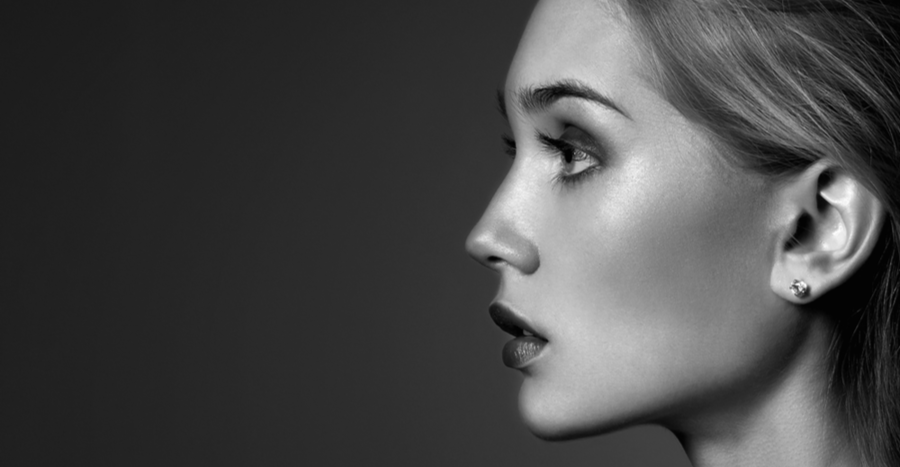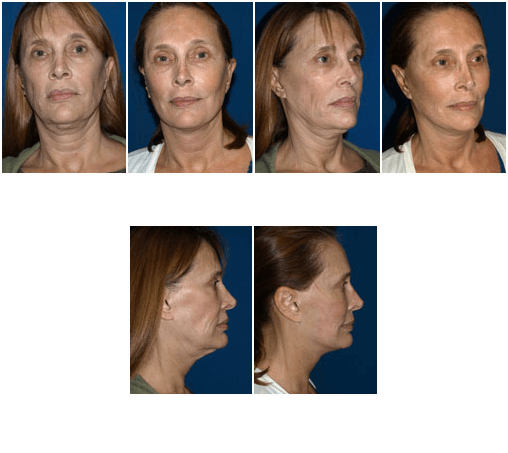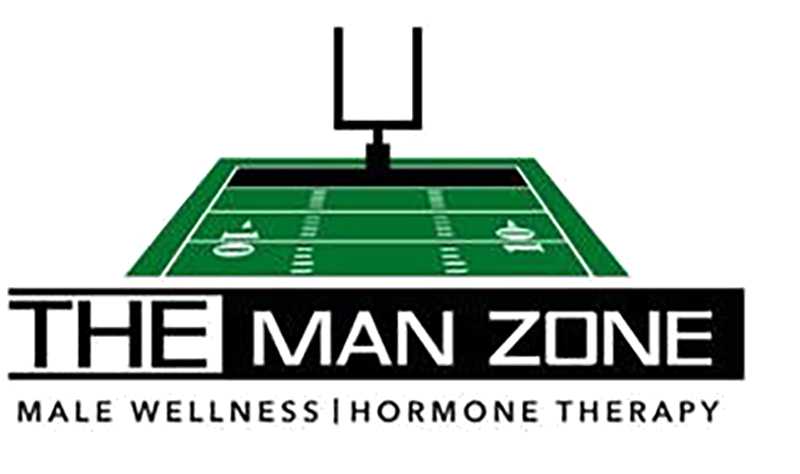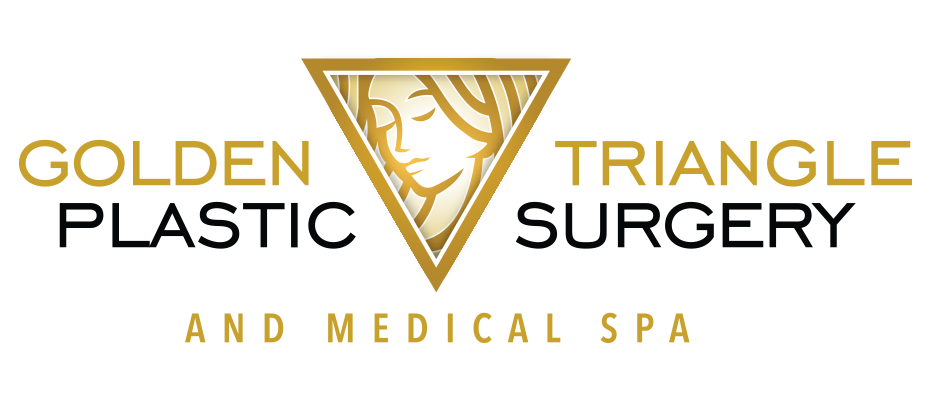
Secondary Facelift, also called Revision Facelift, or “Tuck Up” Lift, refers to a facelift performed on a patient who has had a previous facelift. Patients seek secondary facelift for a variety of reasons.
The most common reason for a secondary lift is the passage of time. While no facelift has an “expiration date,” and many patients never have more than one facelift, it is common to consider a second lift between 10 and 20 years after the first facelift. This is because skin becomes more lax with age, and new sags and wrinkles may appear. The face also continues to lose fat and bone mass with age, causing further deflation and more loose skin.
*Before and after photos and testimonials on this website are from actual patients who have given permission to have their photos/testimonials published. These photos and testimonials are for illustrative purposes only and no prediction of outcome is implied. Individual results may vary.
Patients may seek revision surgery because they are unhappy with the results of their initial lift. In these cases a secondary lift may improve upon those results with further tightening and lifting, and possibly with better hidden incisions.
Significant and rapid weight loss may also lead patients to consider a tuck up facelift. Again, this is due to deflation of the face which creates loose skin. An example of this is after gastric bypass surgery.
Secondary facelift merits some special considerations. The surgeon is often dealing with thinner connective tissues, and must be careful and meticulous in performing his dissection to avoid damage to deep structures. Incisions must be carefully planned to preserve the patient’s hairline, and if possible improve upon any previous scars. A deep plane dissection is often necessary to produce a natural result and avoid a “swooped” look beneath the cheek bones.
One of the keys to producing natural results in secondary rhytidectomy is to address any volume loss the patient may have (fat loss in the face). Otherwise, pulling too tightly over a hollow face can create a very poor result- the “overdone” look that all patients dread. San Diego Plastic Surgeon Dr. David always addresses volume loss in secondary facelift surgery to create a natural, rejuvenated look. Volume may be replaced with the patient’s own fat, or with facial implants or fillers. In some cases, patients have adequate volume and simply require a deep plane facelift.
Before and After Secondary Facelift:
Patient had previous facelift elsewhere and was concerned about her neck, hollow areas in her cheek and lower eyes. She underwent secondary rhytidectomy with fat transfer and Active FX resurfacing.
*Before and after photos and testimonials on this website are from actual patients who have given permission to have their photos/testimonials published. These photos and testimonials are for illustrative purposes only and no prediction of outcome is implied. Individual results may vary.

View More Photos


